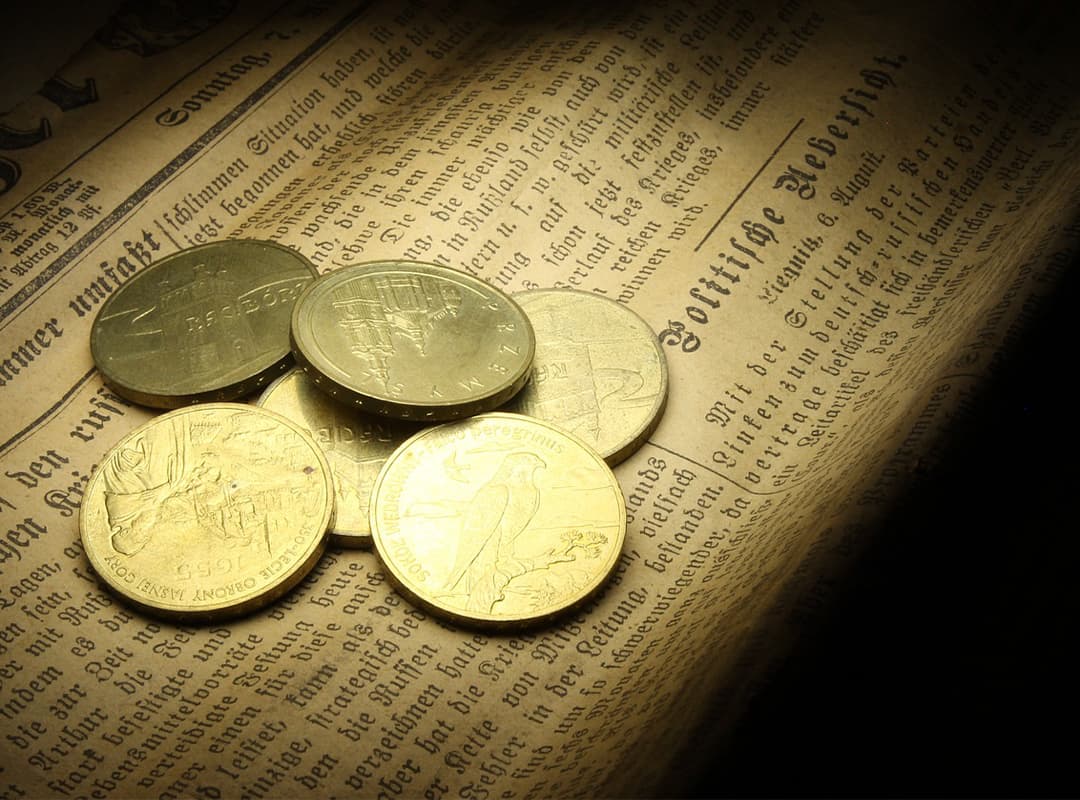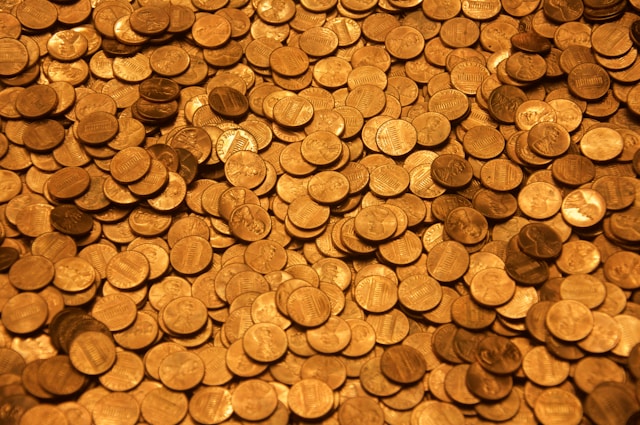Collecting bimetallic artifacts, such as coins, tokens, and medals, is a fascinating and rewarding hobby. However, preserving the quality and value of these items requires proper care and attention. In this article, we will provide practical tips for preserving and caring for your bimetallic collectibles, ensuring they remain in excellent condition for years to come. We’ll also touch upon specific examples like the 1788 New York quarter, the 2000 Library of Congress bimetallic proof, and coal scrip for sale.
1. Understanding Bimetallic Artifacts
Composition and Design: Bimetallic artifacts are made from two different metals combined in a single piece. Typically, they feature a core metal and an outer ring, which may be composed of various combinations such as copper, nickel, silver, or gold. Understanding the composition of your collectibles is essential for proper care.
Historical and Monetary Value: Bimetallic artifacts can have significant historical and monetary value. For example, the 1788 New York quarter is a highly sought-after item among collectors due to its historical importance. Similarly, the 2000 Library of Congress bimetallic proof coin is prized for its unique design and limited mintage.
2. Handling Bimetallic Artifacts
Clean Hands: Always handle bimetallic artifacts with clean, dry hands or use cotton gloves to prevent oils and dirt from transferring onto the surface. Fingerprints and moisture can cause tarnishing and damage over time.
Minimize Touching: Try to handle coins and tokens by their edges rather than their faces to avoid unnecessary contact with the delicate surfaces.
3. Cleaning Bimetallic Artifacts
Avoid Harsh Chemicals: Do not use harsh chemicals or abrasive materials to clean bimetallic artifacts. These can damage the metals and reduce the item’s value. Instead, use a soft cloth or a specialized coin-cleaning solution designed for delicate metals.
Gentle Cleaning: If cleaning is necessary, soak the item in distilled water and gently pat it dry with a soft cloth. Avoid rubbing or scrubbing, as this can cause scratches.
Professional Cleaning: For valuable items like the 2000 Library of Congress bimetallic proof, consider professional cleaning services. Experts have the tools and knowledge to clean your collectibles without causing damage.
4. Storing Bimetallic Artifacts
Protective Holders: Store bimetallic coins and tokens in protective holders or capsules to shield them from dust, moisture, and physical damage. Use materials that are acid-free and specifically designed for coin storage.
Climate Control: Store your collection in a climate-controlled environment. Avoid areas with high humidity, extreme temperatures, or direct sunlight, as these conditions can cause metals to tarnish or corrode.
Organized Storage: Use coin albums, cases, or cabinets to keep your collection organized and easily accessible. Label each item clearly to avoid confusion and ensure easy identification.
5. Display and Exhibition
Safe Display Methods: When displaying your collection, use stands or frames designed for collectibles. Ensure that the display method does not exert pressure on the items or expose them to harmful environmental conditions.
Rotating Exhibits: If you have a large collection, consider rotating the items on display to minimize their exposure to light and environmental factors. This approach helps preserve the condition of each item.
6. Insurance and Documentation
Insurance: Consider insuring your collection, especially if it includes valuable pieces like the 1788 New York quarter. Insurance can provide financial protection against theft, loss, or damage.
Detailed Records: Maintain detailed records of your collection, including photographs, descriptions, and purchase receipts. Documentation helps in verifying the authenticity and value of your items, particularly useful for insurance and resale purposes.
7. Buying and Selling Tips
Reputable Dealers: When purchasing bimetallic artifacts, buy from reputable dealers to ensure authenticity. For example, when looking for coal scrip for sale, choose dealers with a good track record and positive reviews.
Market Research: Stay informed about market trends and values. Resources like auction results and collector forums can provide valuable insights into the current market conditions for items like the 1788 New York quarter or the 2000 Library of Congress bimetallic proof.
Proper preservation and care of bimetallic artifacts are essential to maintaining their beauty, historical significance, and value. By following these practical tips, collectors can ensure their collections remain in pristine condition for years to come. Whether you are handling a prized 1788 New York quarter, a 2000 Library of Congress bimetallic proof, or seeking coal scrip for sale, attention to detail and proper care techniques will protect your investments and enhance your collecting experience.



